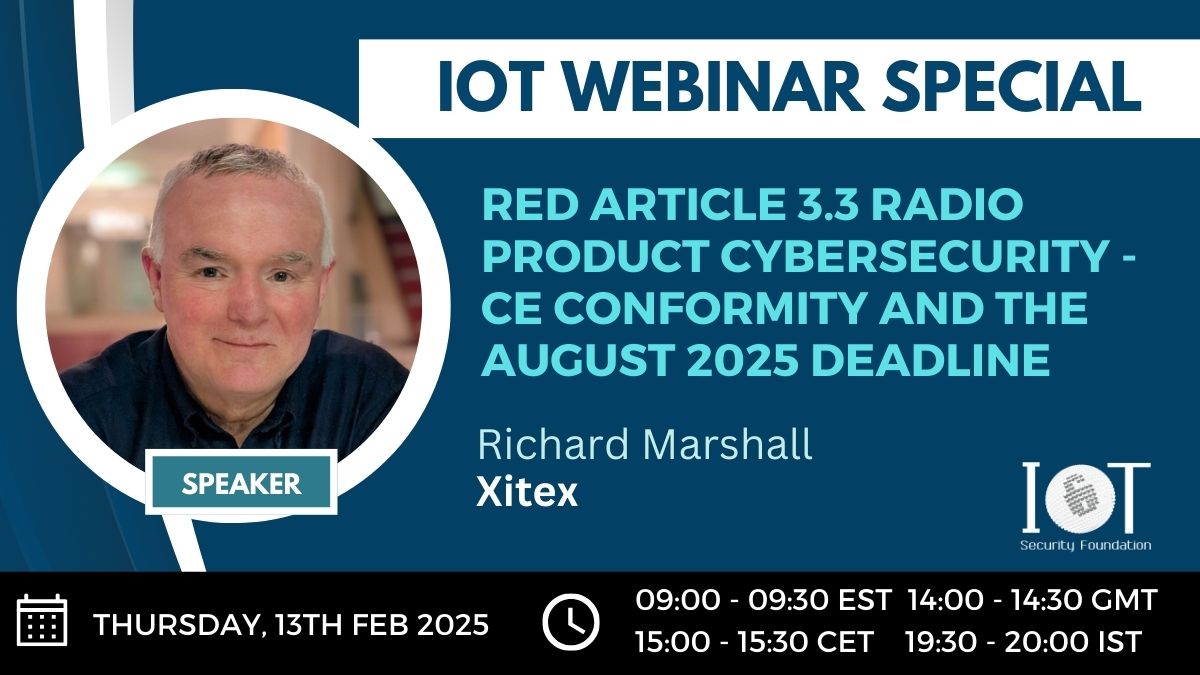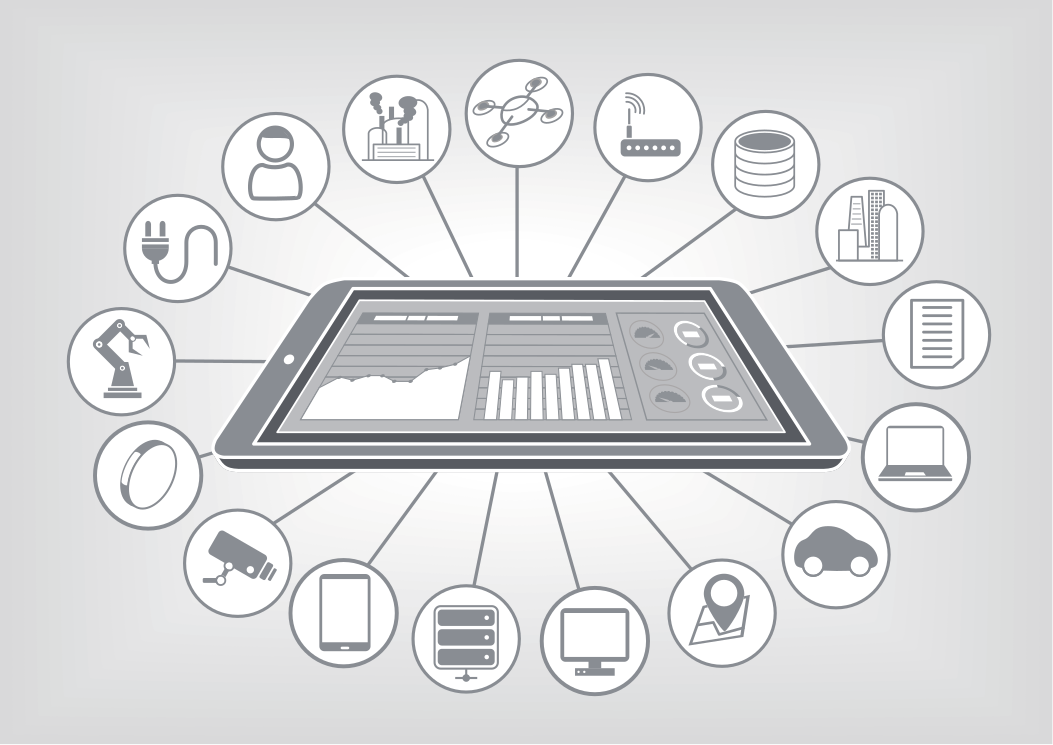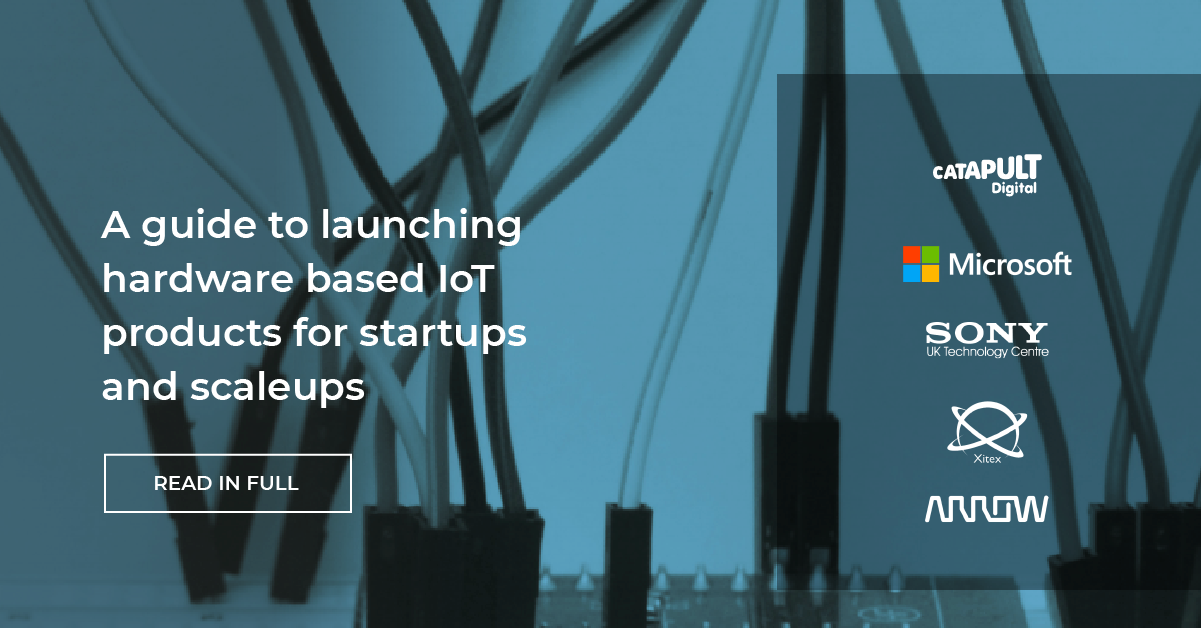The IOTSF’s monthly webinars typically take place at the end of each month, but with hot topics like this, they have made an exception! Thursday 13th February 2025 – 14:00 to 14:30 GMT Speaker: Richard Marshall, Xitex Limited Host: Christopher Bennison, IoTSF Register on Zoom: https://lnkd.in/eMjcdTiM Abstract:With citation of EN18031 standard in the EU Official […]


